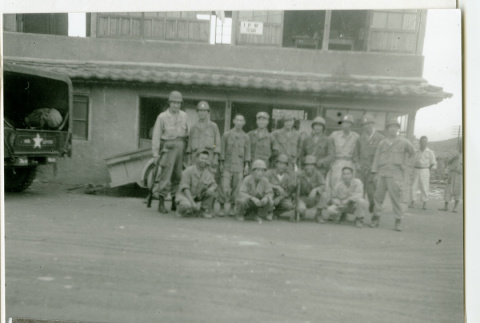935 items
935 items

Narrator Art Okuno
Nisei male. Born September 15, 1921, in San Francisco, California. Grew up in San Francisco, and was attending the University of California at Berkeley when Japan bombed Pearl Harbor on December 7, 1941. Removed with family to the Pomona Assembly Center, California, and the Heart Mountain concentration camp, Wyoming. While in Heart Mountain, served as scoutmaster …

Narrator Harry K. Yoshikawa
Nisei male. Born June 26, 1922, in Montebello, California. Grew up in California, spending a short time in Japan prior to World War II. After the bombing of Pearl Harbor, moved to Denver, Colorado, during the "voluntary evacuation" period designated by the U.S. government. Arrested after refusing to report for military service after being drafted. Tried …

Narrator Miyoko Kaneta
Nisei female. Born December 16, 1926, in El Centro, California. Grew up in various places in California, where parents owned a barbershop. After the bombing of Pearl Harbor, removed with her family to the Poston concentration camp, Arizona. After leaving camp, resettled in Hazelton, Idaho, and Oakland, California, before moving to Seattle, Washington. After the war, …

Narrator Nobuko Miyake-Stoner
Japanese female. Born Feburary 10, 1952, in Hiroshima, Japan. Descendant of survivors of the atomic bombing in 1945. Father was a kamikaze pilot during World War II who was unable to fulfill his mission due to the war's end. Nobuko attended the Hiroshima Jogakuin, a missionary school established for young women. Graduated with an M.A. in …

doc
George Naohara's handwritten note (ddr-csujad-38-160)
Handwritten note from "George Naohara photo album" (csudh_nao_0001), page 15. George Nobuo Naohara details his experience after moving from Idaho to Utah. He was a farm labor for sugar beets farm at Norman Johnson in Utah but was working in a hotel as a dish washer during the winter. He and his friend, Tadashi Sakaida, visited …
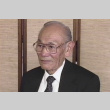
vh
Fred Korematsu - Kathryn Korematsu Interview (ddr-densho-1000-181)
This interview centers on the experiences of Fred Korematsu, a Nisei born January 30, 1919, in Oakland, California. Mr. Korematsu was working as a welder in San Francisco when Japan bombed Pearl Harbor on December 7, 1941. After Executive Order 9066 was issued in 1942, he decided to resist the evacuation orders, and was not removed …

Narrator Celeste Teodor
Nisei female. Born June 24, 1936, in Los Angeles, California. Placed for adoption and was living in an orphanage when Japan bombed Pearl Harbor in 1941. Transferred to Manzanar's Childrens Village during World War II. After the war, lived with various foster families in Los Angeles before becoming independent at age eighteen.

Narrator Kikuno Goi
Kibei Nisei couple. Kikuno was born in the United States, then moved to Japan with her family after her father passed away. In the lead up to World War II, her uncle sent Kikuno and her brother back to the United States, where they were raised in foster care in northern California. During World War II, …

Narrator Mitsuo Goi
Kibei Nisei couple. Kikuno was born in the United States, then moved to Japan with her family after her father passed away. In the lead up to World War II, her uncle sent Kikuno and her brother back to the United States, where they were raised in foster care in northern California. During World War II, …

Narrator Kiyoko Morey Kaneko
Nisei female. Born September 3, 1911, in Pasadena, California. Grew up in Los Angeles where father operated a successful import/export business with retail stores. Graduated from UCLA, then lived and worked in Japan for a few years. Was married and living in Hawaii in 1941. Witnessed Japanese bomber planes overhead from home in Pearl City on …

Narrator Chiyoko Yano
Nisei female. Born February 27, 1918, in Oakland, California. Grew up in Oakland before being removed to the Tanforan Assembly Center, California, and the Topaz concentration camp, Utah. In Topaz, worked for the War Relocation Authority in the Central Statistics Division. Husband served in the OSS, the Office of Strategic Services. Lived in Japan during the …

Narrator Shoichi Kobara
Nisei male. Born April 23, 1922, in Watsonville, California. Grew up in Watsonville until age six, then family moved to Salinas. Following the bombing of Pearl Harbor, removed to Salinas Assembly Center, California, and the Poston concentration camp, Arizona. After leaving camp, lived and worked in Utah for a time before serving in Japan in the …

Narrator Tokio Yamane
Kibei male. Born Born September 2, 1922, in Hawaii. Moved with family to Hiroshima at age three, then returned to the Fresno area of the U.S. for high school. During World War II, was sent to the Fresno Assembly Center, California, and the Jerome concentration camp, Arkansas. While at Jerome, refused to answer the so-called "loyalty …

Narrator Shimako "Sally" Kitano
Nisei female. Born April 6, 1932, in Bainbridge Island, Washington. Grew up on Bainbridge, and was eight years old when Japan bombed Pearl Harbor on December 7, 1941. Removed with family to the Manzanar concentration camp, California. Before the war was over, moved to Chicago, Illinois. Returned to Bainbridge Island after World War II.

Narrator Robert M. Wada
Nisei male. Born July 12, 1930, in Redlands, California. Spend childhood in Redlands before Japan bombed Pearl Harbor on December 7, 1941. During World War II, removed with family to the Poston concentration camp, Arizona. After leaving camp, returned to Redlands and continued school. Served with the U.S. Marine Corps during the Korean War.

Narrator Jean Shiraki Gize
Nisei female. Born June 16, 1938, in Alameda, California. Was age three when Japan bombed Pearl Harbor on December 7, 1941. Removed with family to the Tanforan Assembly Center, California, and the Topaz concentration camp, Utah. While in camp, father volunteered for the 442nd Regimental Combat Team. Mother answered an ad in the camp newspaper and …
![Letter from Masao Okine to Seiichi and Tomeyo Okine, April 23, [1946] [in Japanese] (ddr-csujad-5-291)](https://ddr.densho.org/media/cache/c0/b9/c0b94f8fdd875278e70d3c1d4f0f5b68.jpg)
doc
Letter from Masao Okine to Seiichi and Tomeyo Okine, April 23, [1946] [in Japanese] (ddr-csujad-5-291)
A letter from Masao Okine to his parents, Seiichi and Tomeyo Okine. He writes from Japan where he is stationed as a Nisei soldier. He reports to his parents about their relatives and friends in Hiroshima: He took ten days vacation to visit Hiroshima and found that the Hiroshima City was completely destroyed by the atomic …

vh
William Marutani Interview (ddr-densho-1000-44)
Nisei male. Born March 31, 1923, in Kent, Washington. During World War II, was incarcerated at the Pinedale Assembly Center, California, and Tule Lake concentration camp, California. After leaving camp to attend college in South Dakota, was drafted into the U.S. Army and served with the Military Intelligence Service during the postwar occupation of Japan. After …

Narrator Ruth Y. Okimoto
Nisei female. Born April 15, 1936, in Tokyo, Japan. Brought to the United States with parents at the age of one, and grew up in San Diego, California, where father was a minister. During World War II, removed to the Santa Anita Assembly Center, California, and the Poston concentration camp, Arizona. After the war, forged connections …

Narrator Yasu Koyamatsu Momii
Nisei female. Born October 23, 1921, in Seattle, Washington. Moved to Los Angeles, California, with family around age six. Had graduated from high school and was attending a trade school in dressmaking when Japan bombed Pearl Harbor. During World War II, removed to the Santa Anita Assembly Center, California, and the Gila River concentration camp, Arizona. …

Narrator Masahiro Nakajo
Nisei male. Born May 17, 1927, in Moneta, California. Grew up in the Garden Grove area where parents ran a farm. Was taken to Japan to live as a young child until age ten. During World War II, removed to the Manzanar concentration camp, Caliifornia. After leaving camp, served in the military during the Korean War.

Narrator Mary Montoya
Female of Japanese and Mexican ancestry. Born 1916 in El Paso, Texas. Father was an Issei from Japan, and mother was from Mexico. Mary grew up in several cities in New Mexico. She was married and living in California when the war broke out, but was not identified as being of Japanese ancestry. Returned to Gallup, …
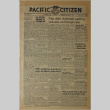
doc
Pacific Citizen, Vol. 48, No. 16 (April 17, 1959) (ddr-pc-31-16)
Selected article titles: "Yen debt claimants seeking pre-war exchange rate" (p. 1), "Cal. FEPC bill signature by governor due" (p. 1), "442nd RCT linked with famous U.S. Army regiments of history" (p. 1), "Nisei greeted as 5-millionth visitor of United Nations" (p. 1), "Fair housing bill in Minnesota reported" (p. 1), "'Nothing in common' between language …
![Subject: separation of evacuees of doubtful loyalty from loyal evacuees [policy memo by Dillon S. Myer] (ddr-csujad-19-1)](https://ddr.densho.org/media/cache/fa/90/fa90498bc48ba123cb6d62b7c610cc47.jpg)
doc
Subject: separation of evacuees of doubtful loyalty from loyal evacuees [policy memo by Dillon S. Myer] (ddr-csujad-19-1)
Details the War Relocation Authority's policy to remove to a separate facility "those persons of Japanese ancestry residing in relocation centers who by their acts have indicated that their loyalties lie with Japan during the present hostilities." Along with Policy, headings include Designation of Center for Evacuees of Doubtful Loyalty, referring to Tule Lake; Persons to …

img
I.P.W. Team (ddr-csujad-38-456)
A group photograph of I.P.W. [= Interrogation of Prisoner of War] Team members. The English caption reads: As days went by, we are already reached near Yalu-river where between North Korea and China solders stay. No body got sick yet. how lucky. Translation of the Japanese caption: All 14 people survived. None of them got killed. …

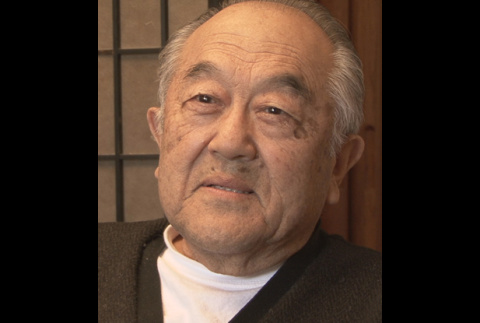
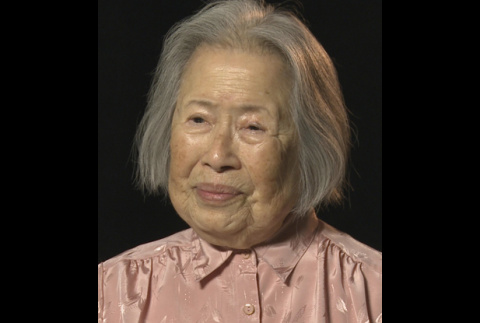
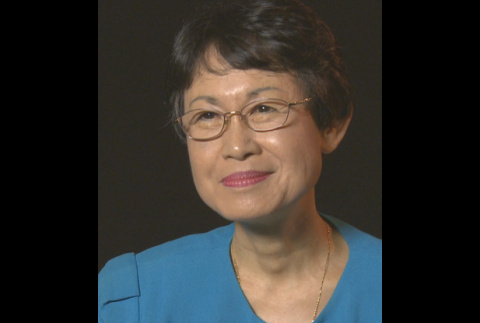

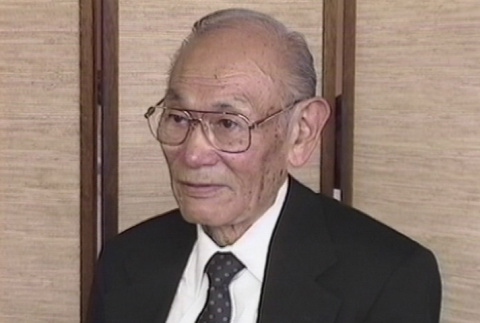

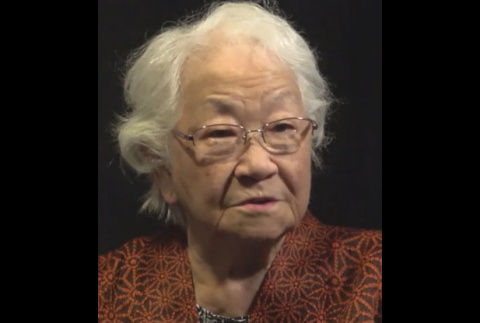


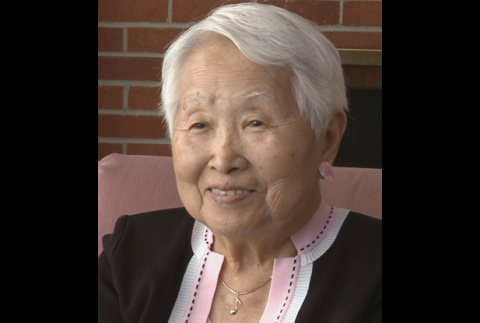

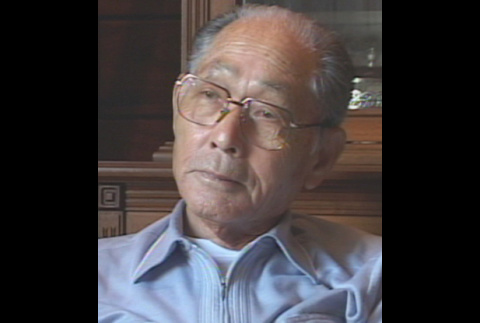


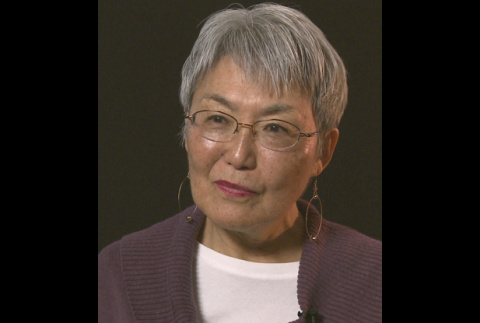
![Letter from Masao Okine to Seiichi and Tomeyo Okine, April 23, [1946] [in Japanese] (ddr-csujad-5-291)](https://ddr.densho.org/media/cache/59/48/59481bfe9fe7c824c7fa75dc05763169.jpg)
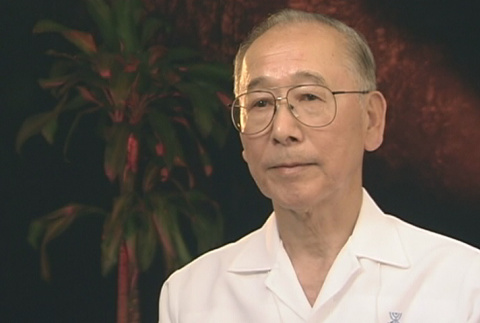

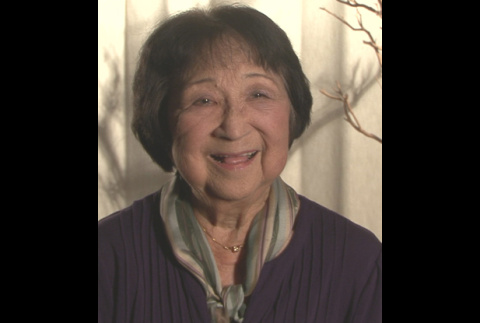
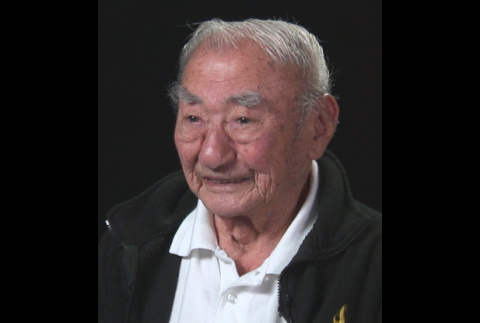
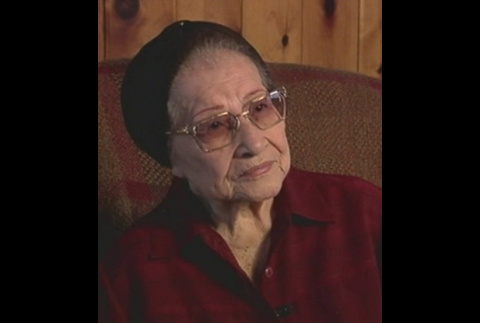
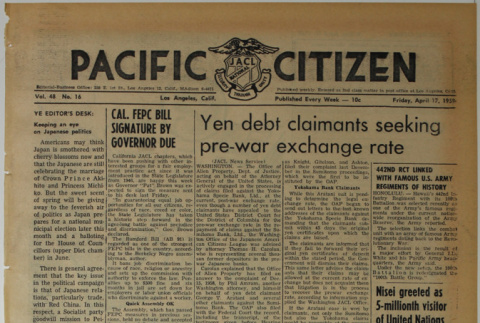
![Subject: separation of evacuees of doubtful loyalty from loyal evacuees [policy memo by Dillon S. Myer] (ddr-csujad-19-1)](https://ddr.densho.org/media/cache/92/ea/92ea8b71f3a3ec6df30b50666956f704.jpg)
